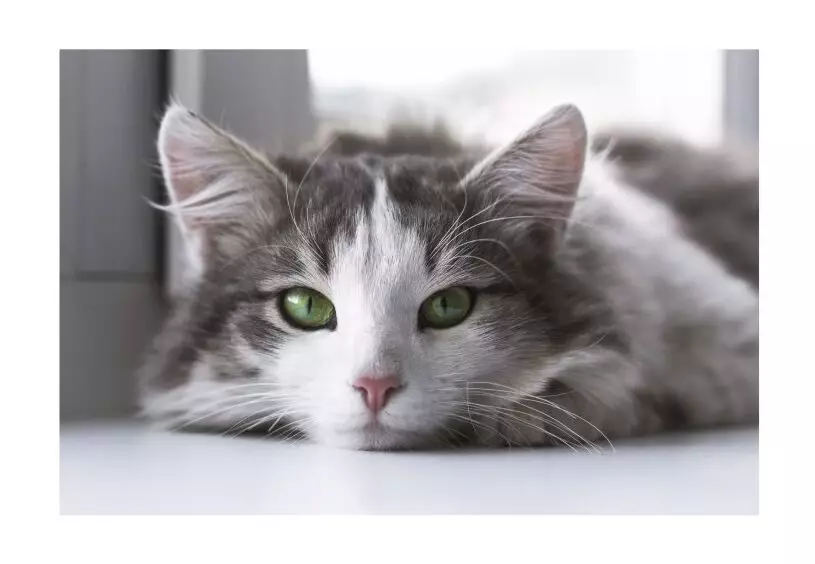As the chilly winds announce the arrival of winter, most pet owners speculate whether their furry companions share in the seasonal gloom that often consumes humans. While it’s a well-known fact that Seasonal Affective Disorder (SAD) impacts people, pets react differently to the seasonal metamorphosis. Contrary to the belief that pets cannot feel the effects of diminished daylight and dropping temperatures, they too experience subtle shifts in mood and behavior.
According to veterinary professionals, animals may not suffer from SAD in the conventional sense, but the change in sunlight and routine can certainly affect them. The realities of shortened daylight hours mean that established routines often go through transformations. Awareness of how these changes affect our pets can enhance their overall well-being during the colder months.
Behavioral Shifts: Appetite and Sleep Patterns
Many pet owners may notice their pets exhibiting an increased appetite during the winter months. This observation may lead to questions about their pet’s health. One prevailing theory suggests that, despite their domesticated status, animals retain instinctual behaviors from their wild ancestors, such as the tendency to bulk up for winter. In addition, increased human interaction during cozy indoor months could create a skewed perception of increased hunger. Monitoring their eating habits is essential; should there be significant changes in weight or appetite, consulting a veterinarian is crucial to rule out any underlying health issues.
Alongside alterations in appetite, pets often experience a shift in their sleep patterns as nights draw longer. Animals, like humans, may be inclined to sleep more due to hormonal adjustments prompted by diminishing daylight. You might observe your pet napping more frequently or spending extended hours curled up in their favorite cozy corners. It’s a reminder for pet owners to create warm, secure spaces for them to retreat and recharge.
Physical Changes: Joint Health and Shedding
Winter’s arrival brings physical challenges for our four-legged friends, particularly for those susceptible to arthritis or joint discomfort. As temperatures plunge, pets can experience heightened stiffness making mobility a bit more challenging. Providing a warm, draft-free resting spot is vital for their comfort. It’s also advisable to engage with your vet regarding any concerning changes in mobility, as they may recommend pain relief medication or supplements to support joint health.
Additionally, the seasonal coat change cannot be overlooked. Pets may undergo increased shedding during autumn months. This is a natural process as they transition from their lightweight summer fur to a denser winter coat. Grooming becomes especially crucial during this time. Regular brushing can help control hair around the home while allowing for the discovery of any potential skin issues like itching or bald patches that could signify allergies or other problems.
Compassionate Care: Tips for Winter Pet Wellness
The responsibility of caring for a pet requires attentiveness as they navigate the seasonal transitions. Here are some practical tips to ensure your pet remains happy and healthy through the winter months:
1. Temperature Control: Maintain a consistent and comfortable temperature in your home. It should feel inviting but not stiflingly warm. Offering cozy bedding lifted off cold floors can prevent exposure to drafts.
2. Observation of Younger and Older Pets: Pay particular attention to very young or older pets, as they are often more sensitive to temperature changes. Schedule a vet visit if their energy levels drop significantly.
3. Outdoor Access: For cats, it’s helpful to provide multiple litter trays around the house to accommodate those less keen to venture outside in the chilly weather.
4. Proper Apparel: Consider outfitting your older, recuperating, or thin-coated dogs with a warm winter coat.
5. Exercise Routine: Don’t neglect exercise due to worsening weather! Regular outdoor activity is crucial, and the sunlight provides beneficial Vitamin D. If weather conditions prevent outdoor adventures, consider fun indoor activities or engaging games to keep pets entertained.
While it may be tempting to become a couch potato alongside your pet during the winter months, both you and your companion will benefit from getting fresh air and exercise. More importantly, establishing a healthy routine helps alleviate the winter blues for both pets and their owners.
As the dark and colder months approach, staying attuned to the needs and behaviors of our pets can lead to a more harmonious household and a happier winter season. Keeping their spirits high requires effort and engagement from us, but it’s a rewarding endeavor that strengthens the bond we share with our beloved companions.
